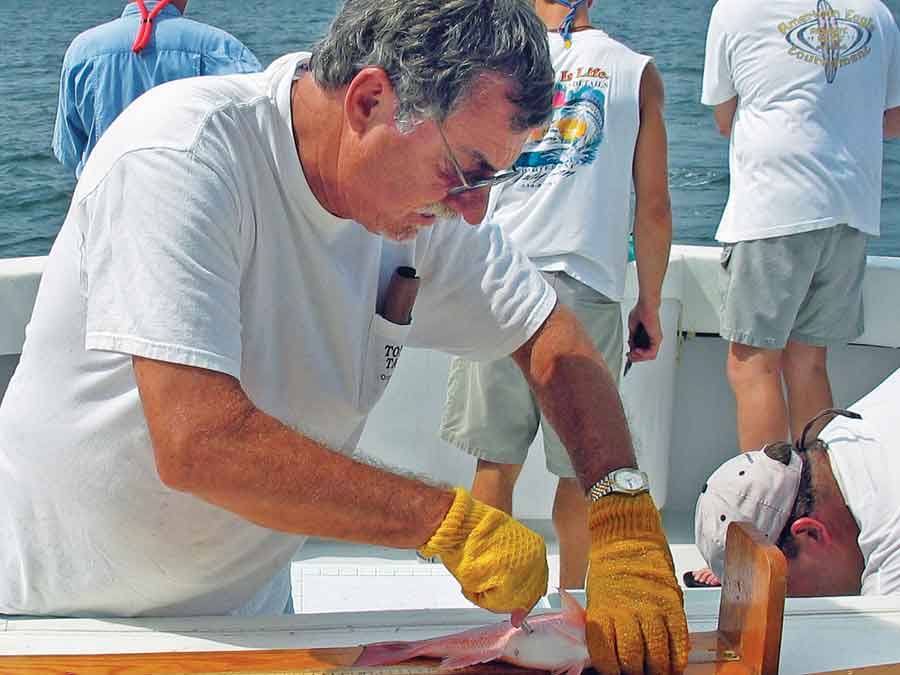A colleague sent me an email recently that’s typical of many I’ve received in recent years. He had just been copied on a cruise report from a research group working off the Texas coast. Their vertical longline had just landed 112 fish, of which 109 were red snapper and three were vermilion snapper.
A couple of days later, I attended a meeting of fishery scientists in Tampa, Florida. While I was enjoying a beverage with a colleague at the hotel lounge, our server overheard our conversation and took interest. “Are you guys fishery workers?” he asked. We both nodded, and he carried on. “Well, I wish you all would do something so I can start catching grouper again. Every time I drop a hook on any of my favorite grouper holes, all I can get are red snapper. The bait never gets to the grouper.”
We’ve heard such comments ever more frequently from the Florida west coast to Texas and everywhere in between. As fishery scientists, we find ourselves in a true conundrum. We believe we have an incredibly healthy red snapper stock in the Gulf of Mexico, but the catch restrictions are more stringent than ever because of flawed data and legal wrangling among stakeholders. What a train wreck!
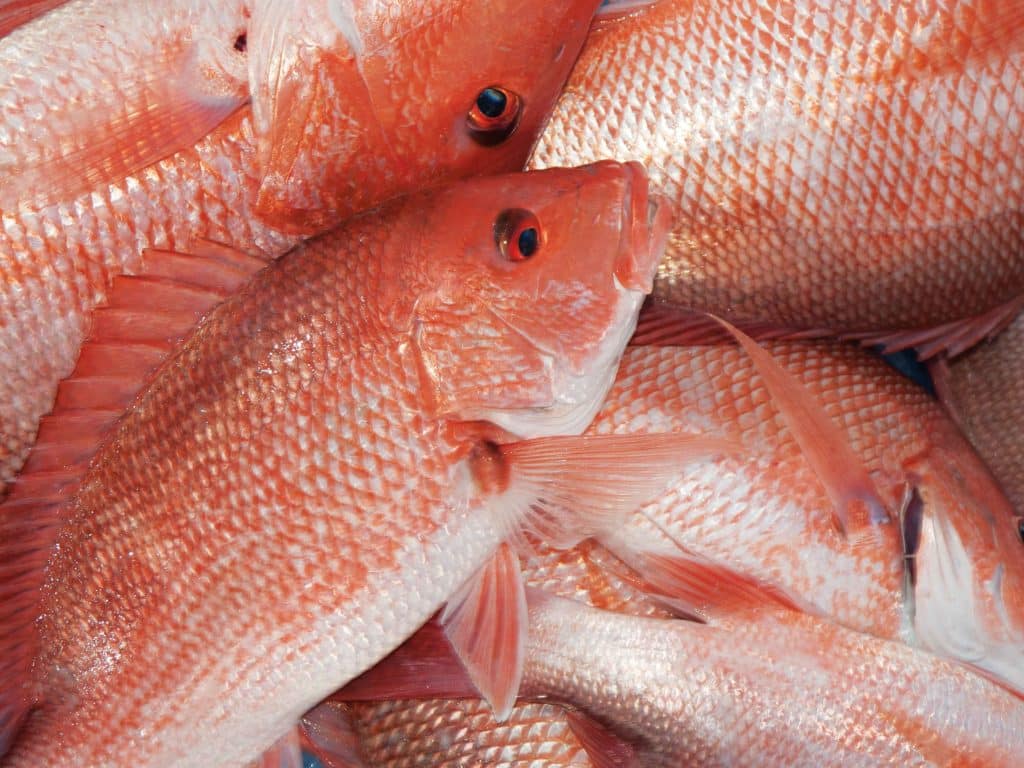
Red Snapper Seasons: Too Tight
For instance, the 2015 federal season — June 1 to 11 — restricted private recreational anglers to 10 days with a two-fish bag limit, while the charter fleet was restricted to a month and a half. Yet a little more than two decades ago, the season stayed open year-round with a seven-fish bag limit. This was followed from 2000 to 2007 with a 194-day season and a four-fish bag limit, and during this period the stocks continued to expand, according to federal stock assessments.
Fishermen and many scientists who spend time at sea judge the stocks to be larger than they have ever been. They cite two reasons: First, the harvest restrictions have been largely successful in tempering the yield and ending overfishing; most everyone agrees on this issue. Second, the increase in artificial-reef habitat has dramatically increased the potential expansion of red snapper populations.
On this point, some still claim that artificial structures simply attract, and don’t increase, populations. If this were the case with red snapper, then where did the millions of pounds come from that are now present on the rigs off Louisiana, or on the thousands of artificial structures off Alabama?
No areas within the Gulf of Mexico show evidence that stocks have been depleted. In fact, in areas virtually devoid of red snapper a couple of decades ago, robust populations now thrive.
History of the Gulf Red Snapper Fishery
The Gulf red snapper fishery is one of our nation’s oldest, with roots in Mobile, Alabama, and Pensacola, Florida, that trail back to the Civil War. For its first 100-plus years, the fishery was unregulated, constrained by the lack of technology for locating red snapper strongholds.
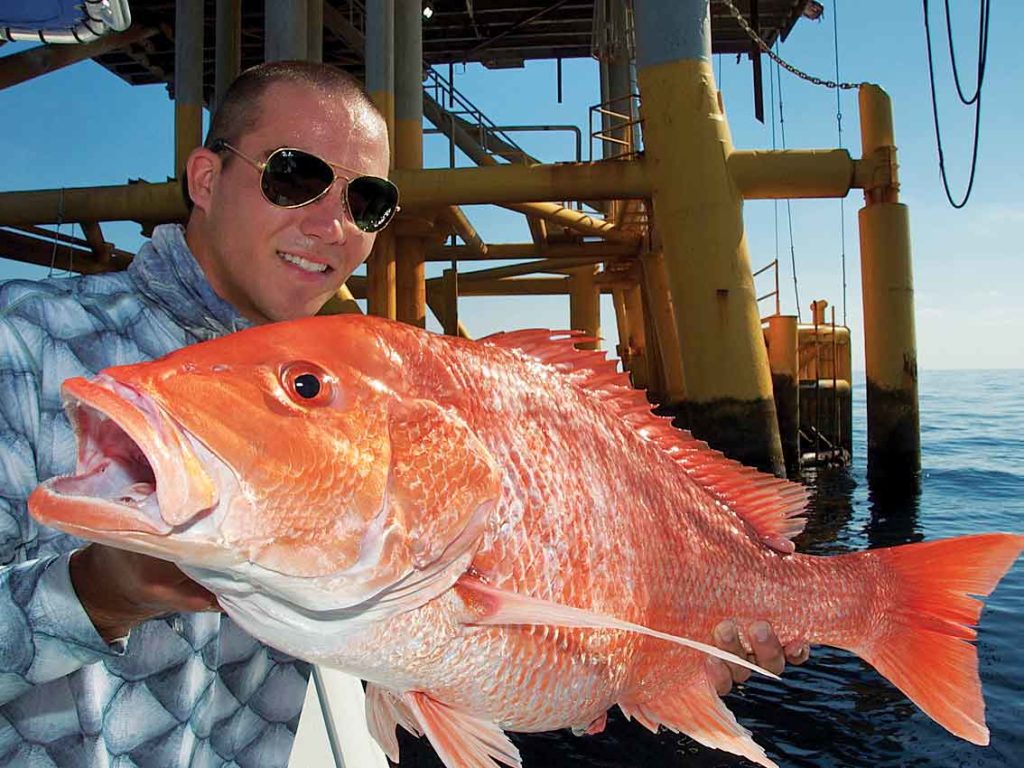
In the 1970s, Congress passed the Magnuson-Stevens Fishery Conservation and Management Act, which put the National Marine Fisheries Service in charge of managing stocks found in federal waters (from state-water boundaries out to 200 miles), a region also known as the Exclusive Economic Zone. The act was originally intended to control marine-life harvest by foreign fleets, but soon extended to catches made by domestic fishers.
Congress mandated in the Magnuson Act that overfishing must cease, and created eight regional fishery management councils that set up scientific research panels. The original red snapper stock assessment, conducted in the late 1980s, showed the Gulf red snapper stocks were formally “overfished,” and managers determined that “overfishing” was occurring. Thus, under NMFS and Gulf of Mexico Fishery Management Council jurisdiction, some action was required.
Shrimp Bycatch
Initially, fishery managers blamed declining snapper populations on shrimp trawls that killed too many juvenile fish while capturing their intended catch. Unlike the young snappers’ reef-abiding older siblings, these 1- to 4-inch miniatures thrived over the same flat, featureless ocean bottom that attracts brown and white shrimp.
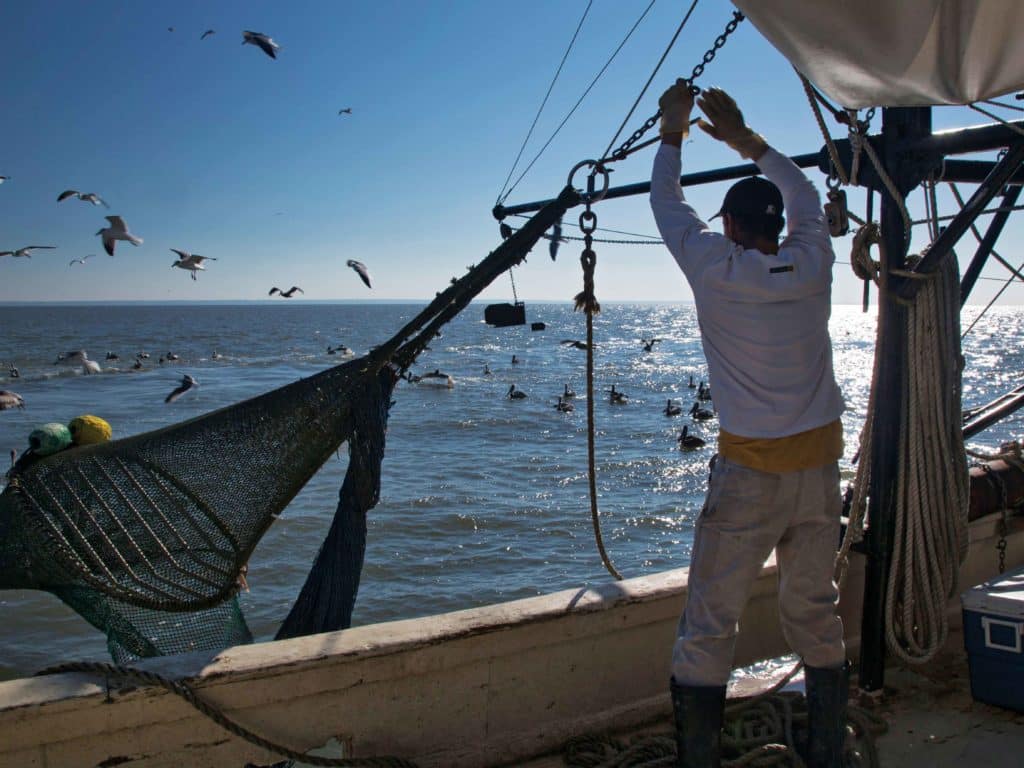
Estimates suggested that the trawls removed up to 80 percent of these juveniles from potential recruitment to the red snapper stocks. This finger-pointing pitted two major players in the Gulf fishery against each other: the shrimpers, and the combined recreational and commercial red snapper fishermen.
Immersed in this battle, the Gulf council, with help from NMFS, attempted various solutions, the most effective of which mandated the use of bycatch-reduction devices in shrimp trawl nets. But while BRDs might have helped a large percentage of red snapper juveniles to survive, they amounted to nothing more than gaping holes in the shrimpers’ nets, resulting in major loss of shrimp harvest.
At the same time, the Gulf shrimp industry was still reeling from rules that demanded another net hole in the form of a turtle-excluder device. Those restrictions, plus plummeting shrimp prices caused by an influx of farm-raised shrimp from around the planet, created real hardship.
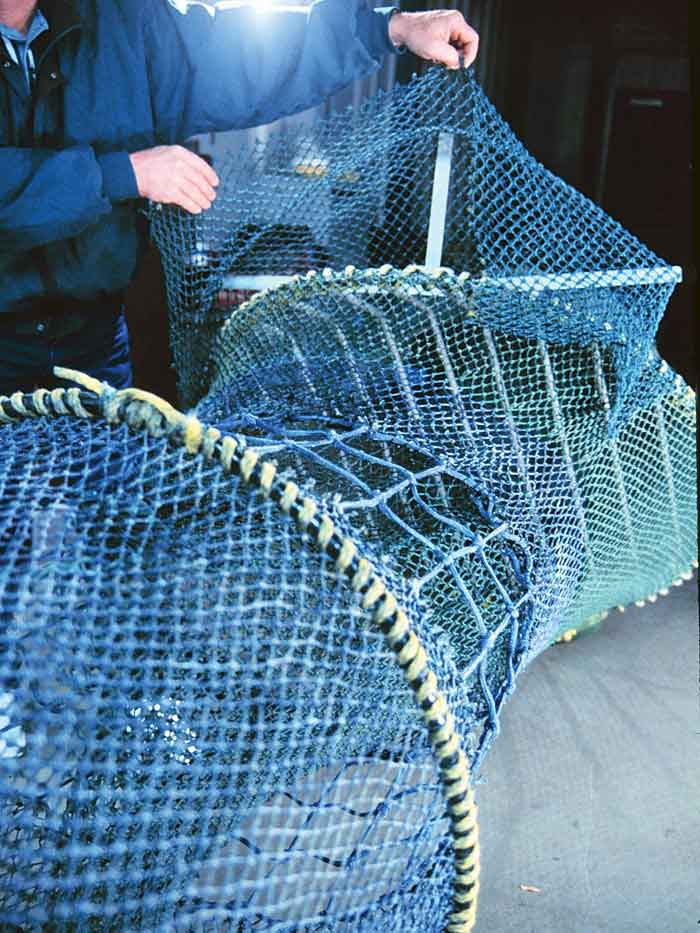
Subsequent devastating hurricane seasons put more nails in the coffin, drastically reducing shrimping effort at the beginning of this century. At that point, shrimpers were pretty much off the hook.
But other conflicts began to arise. Fishery managers still considered the red snapper stock overfished, and required further catch reductions.
Individual Fishing Quotas
Regardless of what factors caused the perceived problems with red snapper stocks, the overfishing issue has required managers to take a hard look at who targets these fish. Stakeholders include commercial snapper fishermen and recreational anglers; the latter category includes private individuals as well as charter operators. I’ll start with the commercial situation.
The commercial red snapper fishing sector lobbied during the 1990s to end what had become a nightmare system, which initially resulted in a frantic derby. During that decade, the commercial quota had no restraints, and fishermen vied against one another to catch the commercial share until it was capped.
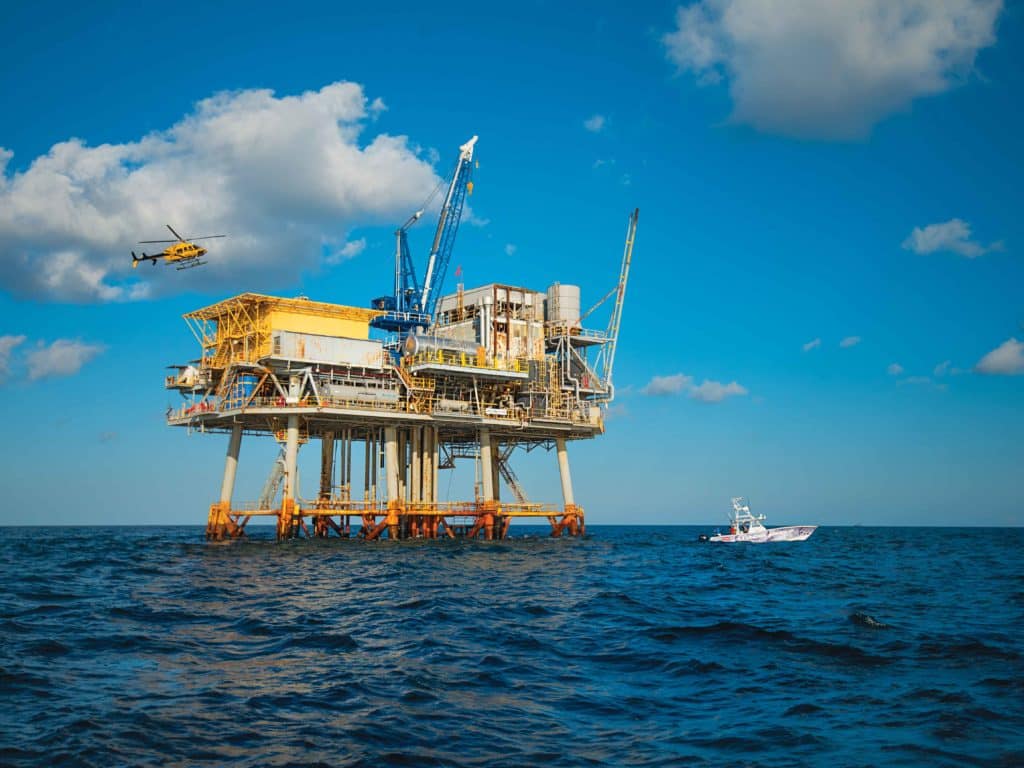
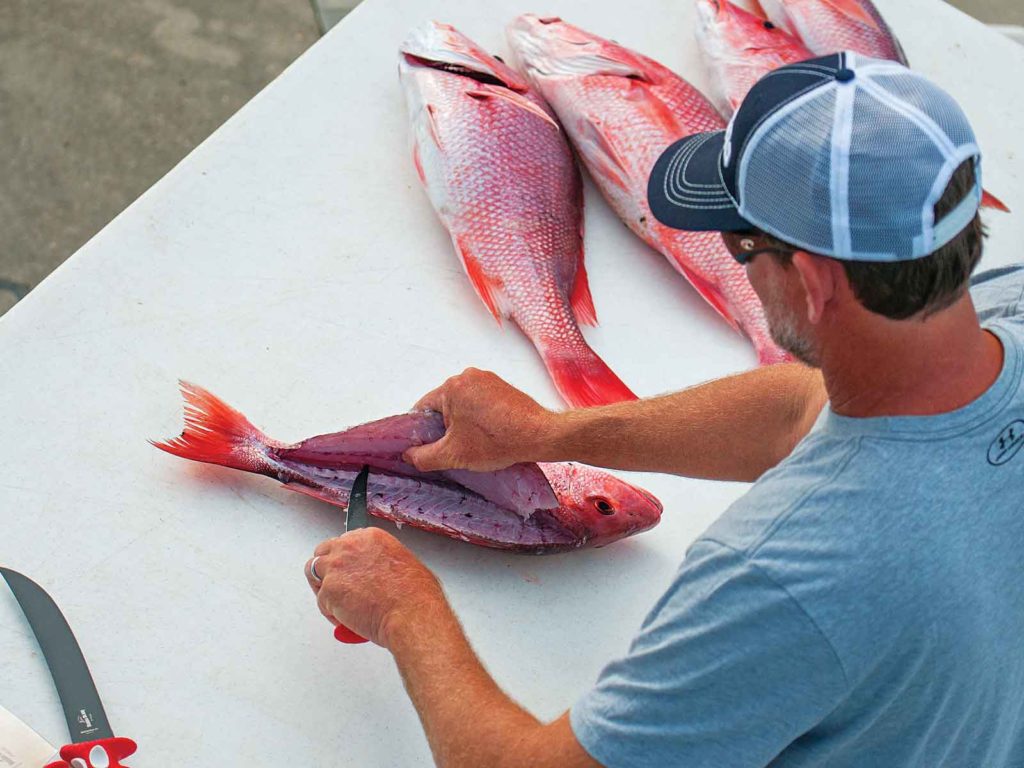
When the season opened on New Year’s Day, traditionally the worst weather period for Gulf waters, the fleet braved the storms and heavy seas and caught their entire quota before winter ended. This was a disaster both for pricing stability and for the supply of fresh product throughout the year. Various alternatives were suggested, and some tried, including trip limits and planned closures during each month to extend the season. None of those options was particularly helpful.
Finally, in 2007, the council developed a new system known as the Individual Fishing Quota. In this system, individual commercial fishermen are granted a percentage of the overall commercial quota. With this percentage, they can fish their quota whenever they want. They can also lease their quota to other commercial fishermen. IFQs were determined by the catch history of each fisherman.
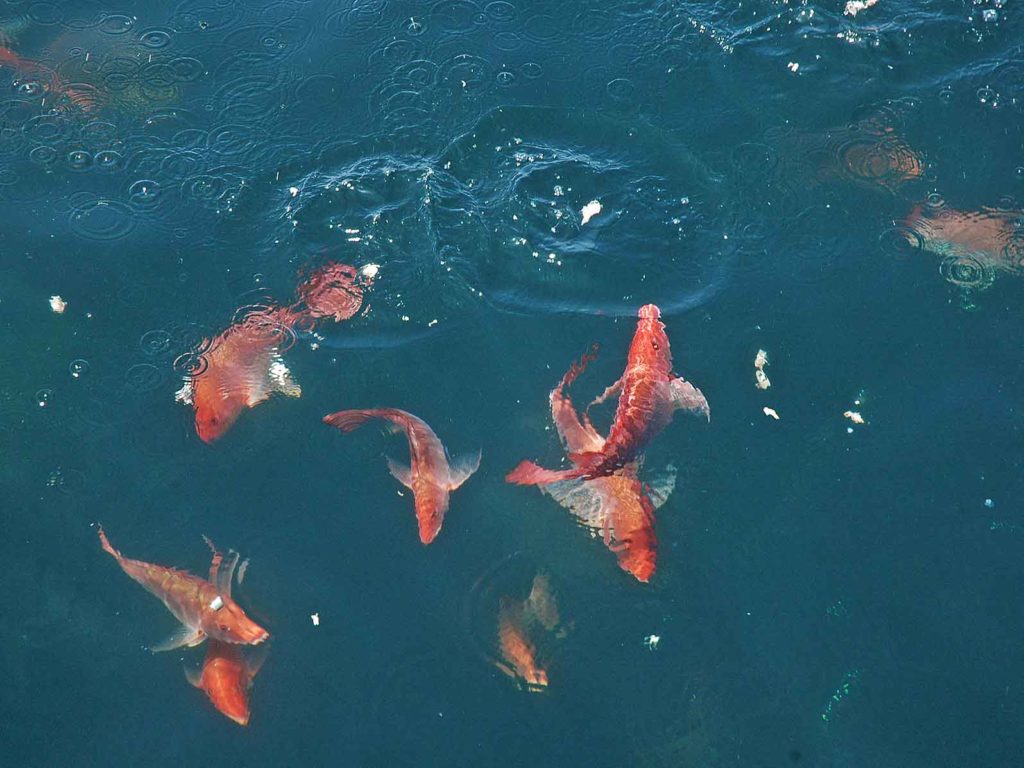
This system has yielded some benefits by improving safety and maintaining a fresh supply of red snapper for commercial sale throughout the year. But it also has its critics. Perhaps the sharpest attacks come from those who object to a public resource being “gifted” to a select few. The IFQs have created a group of individuals who seldom actually fish, and yet they profit from simply owning and leasing their quota shares.
I expect scrutiny and criticism of the IFQ system to continue. Transferability of quotas will remain an issue.
Division of the Red Snapper Quota
Currently the commercial sector retains 51 percent of the total red snapper quota, leaving recreational anglers with 49 percent. (The current quota is about 11 million pounds.)
Managers made this division between sectors based on historical landing data from the last several decades. But for recreational anglers, those data were gathered as part of the Marine Recreational Fisheries Statistical Survey, begun in 1979.
MRFSS was designed to call out trends in recreational fishing activity, not to determine quotas. The survey was reviewed more than a decade ago by the National Academy of Sciences and declared “fatally flawed” by the chairman of the reviewing committee.
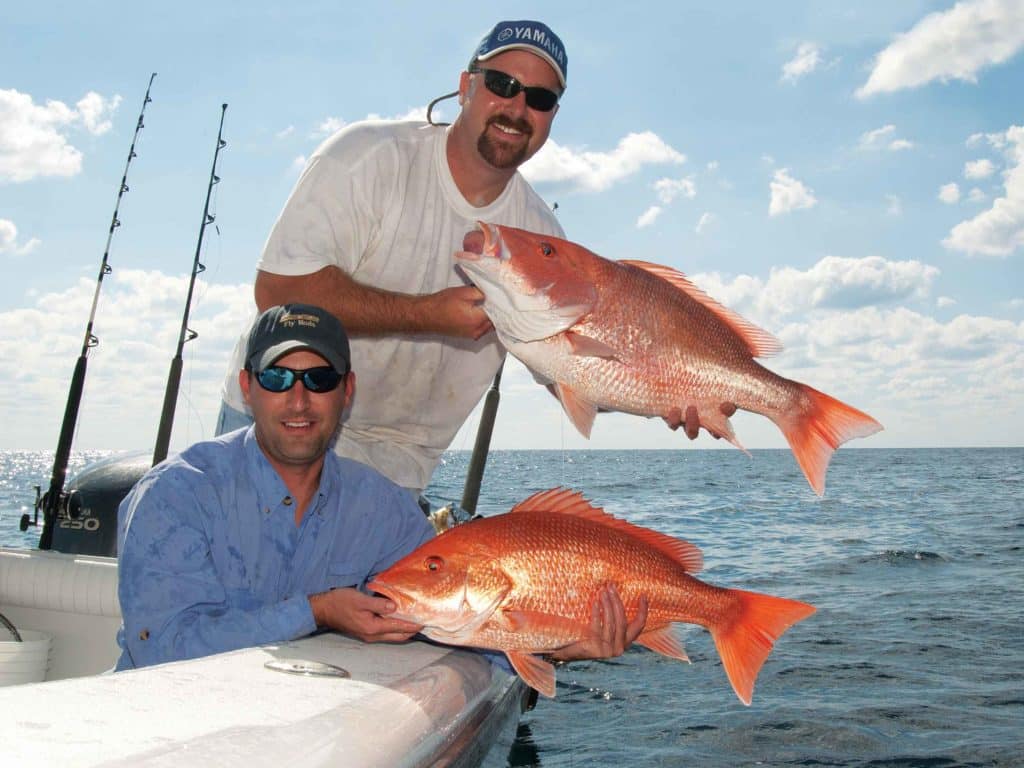
That determination was based largely on the data-gathering methods employed, including random phone calls and sporadic in-person intercepts at boat landings. Because the MRFSS program proved to be so inadequate, Congress required NMFS to implement an improved program, which became known as the Marine Recreational Information Program.
The results of the two programs have proven so divergent that managers have recalibrated the historical catch data, resulting in a modified quota of 51.5 percent for the recreational sector and 48.5 for the commercial. These new percentages will likely be approved during 2016, and will translate to about a 325,000-pound reallocation to the recreational sector. Based on past estimates, however, this additional quota will likely add only one or two days to the recreational season.
Many believe MRIP is little better than MRFSS. For example, the information from the federal MRIP off Alabama in 2014 indicated more than twice the fishing effort than was reported by the state’s fisheries agency. The MRIP data were still based on random telephone interviews and intercepts, while the state data were gathered by video surveillance, far more extensive intercepts, and direct reporting by fishermen.
The implications are enormous because effort translates to harvest, and harvest is charged to quota. If in fact the MRIP survey significantly overestimates effort, then the projected harvest is also overestimated. This is vital in determining if the recreational harvest exceeded quota or not.
The issue of overharvest by the recreational sector has been a hot-button issue for the last several years. Between 2008 and 2013 (except for the oil-spill year of 2010), this sector purportedly exceeded its quota by about 40 percent. This discrepancy led to a lawsuit by commercial interests, which forced NMFS and the Gulf council to tighten harvest limits so intensely that the 2014 and 2015 recreational seasons were reduced to less than two weeks.
The recreational sector was portrayed in much of the media as the bad guys who were not accountable. But in fact the regulations were clearly followed, and only the projections by NMFS were in error.
Separate Sectors
The stress brought on by the shortened season, as well as by restrictions on federally permitted charter vessels, has created a schism within the recreational community. Many charter operators believe that if they had their own quota, and could fish somewhat like the commercial guys with their IFQs, they would fare better economically.
No areas within the Gulf of Mexico show evidence that stocks have been depleted. In fact, in areas virtually devoid of red snapper a couple of decades ago, robust populations now thrive.
The “for hire” sector, as the charter fleet is known, has successfully convinced the council to try this approach. The agency has divided the recreational quota into for-hire and private-recreational portions. So one might ask, why was the 2015 season only 10 days for the private anglers and 45 for the charter fleet?
Enter state regulators. Many of the Gulf states’ fishery managers feel the federal system is flawed; as a consequence, they have imposed far different regulations for their state waters than those set in federal waters.
Texas state waters are open year-round for red snapper. Florida, Mississippi and Louisiana have extended their seasons and varied bag limits. Alabama has opened its waters during the entire month of July.
To further complicate issues, Florida and Texas state-water boundaries historically ranged out to 9 nautical miles, while the interior Gulf states’ waters only extended 3 nautical miles from shore. Regardless of those boundaries, however, the extended state seasons cut into the recreational harvest quota, leaving only the 10 days for the federal red snapper season for private recreational anglers.
Sea Change?
Late last year, U.S. Sen. Richard Shelby, R-Ala., added language to the 2016 omnibus budget bill, approved in December, that extended fishery management authority for reef fish out to 9 nautical miles for all Gulf states, not just Florida and Texas.
Is this meaningful? You betcha! Alabama waters host about 17,000 artificial reefs off the state’s short coastline, many within 9 nautical miles, and the state is currently building more reefs within that zone. These reefs are covered with red snapper.
Off Louisiana, many of the petroleum platforms, heavy with red snapper, are within 9 nautical miles as well. Therefore, as these management-authority changes evolve, and the states’ extended territorial seas become reality, a huge portion of the entire recreational quota could be caught in state waters. That would mean an even shorter or no federal recreational season, with unknown implications for the for-hire sector.
Red Snapper By the Numbers
All this maneuvering and lobbying still pales in the shadow of the giant unknown: red snapper stock abundance. Projections from the last century suggest red snapper stocks won’t reach their rebuilding goal until the year 2032. But this lofty target is based on establishing a desired age structure within the stocks. It does not take into account the recent expansion of snapper into areas long devoid of the fish, nor of the creation of massive areas of habitat on shelf bottoms that were previously nearly featureless.
Before artificial reefs, diminutive sand- and mud-dependent finfish species, principally small flatfishes, searobins, and burrowing eels and cusk eels, dominated the original ecosystem. Now this biomass has been largely repackaged into more desirable reef species, especially red snapper, gray triggerfish and vermilion snapper.
In the absence of definitive data, options are dwindling. Disaster aversion lies in the hands of Congress rather than fishery managers. The current Magnuson Act doesn’t allow thinking outside the box. The act has bound the box with ties that can only be loosened in Washington.
Possible Solutions
So what could be done with the necessary congressional latitude? I can think of two solutions, one spatial and the other political.
We often hear of the parameters of time and space. In federal waters, time is used to limit exploitation of the resource. This includes shortened seasons, emergency closures, and in some cases total closures. In all these scenarios, a derby is inevitable.
An alternative would be space restrictions. Let’s suppose we restricted harvest of red snapper to 25 fathoms or shallower. The species is abundant to 50 fathoms and thrives to 100 fathoms, and is not migratory, so those deeper stocks would be protected.
An initial seasonal bag and/or size limit could be established, and harvest could be monitored on an annual basis. Should fishing pressures be found to seriously deplete the shallower populations, adjustments could be made by moving the harvest limit to some shallower depth. But this concept is only possible if the quota mandate in the Magnuson Act is removed.
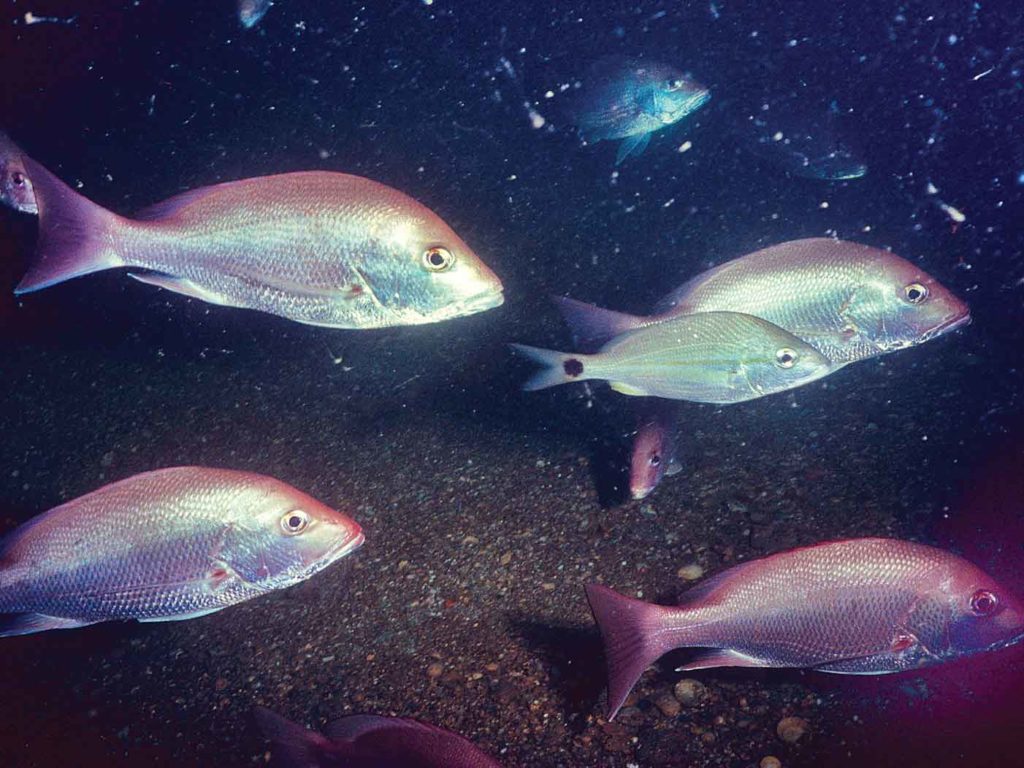
The most likely action would see the states taking complete control of the management of red snapper stocks, with each state managing its waters out to 200 miles. Every state is different. Florida features an abundance of natural hard bottom, especially west of the peninsula.
Alabama has created an ecosystem of 17,000 artificial reefs, supporting millions of pounds of red snapper. Based on my 30 years of research on this species, Alabama could have a six-month season with a two-fish bag limit, and that still wouldn’t make a dent in the population.
Mississippi has begun a reef program. Louisiana and Texas waters contain thousands of massive petroleum platforms, each supporting flourishing snapper populations. And perhaps most important, the states all show a history of successful fishery management for flounder, spotted seatrout, red drum, mullet and many other species.
The diversity of regulations by species is a reflection of the geographical difference among stocks. Spotted seatrout off Florida are less abundant than off Louisiana, so Louisiana allows five times the harvest of seatrout.
Recently, the state directors of the fishery management agencies of the five Gulf states presented a united front by offering a plan whereby the states would assume management responsibility for red snapper. Included were safeguards both for the stocks themselves and for the commercial sector. But the plan is barely on life support, buried under a mound of congressional bureaucracy.
A glimmer of hope emerged with Sen. Shelby’s budget-bill adjustments. Besides extending the boundaries of state control, he added language to increase state involvement in stock assessments and to mandate consideration of artificial-reef habitats in those assessments.
Red snapper management in the Gulf of Mexico will continue to race toward tragedy. The fishery carries millions of dollars of economic impact from Key West, Florida, to Brownsville, Texas. While encouraging ideas remain on the table, they could easily spiral into a permanent junkyard of unnecessary and failed restrictions that prevent anglers from benefiting from the recovery of one of the greatest resources we possess.
Fish Facts: Red Snapper Biology
The red snapper (Lutjanus campechanus) is the most sought-after reef fish in the Gulf of Mexico, though its range actually begins off New England. From the northeast Atlantic, it dives southward, around Florida and into the Gulf, where it’s most abundant. Caribbean red snapper — once thought to be similar but distinct — are now considered the same species by most biologists.
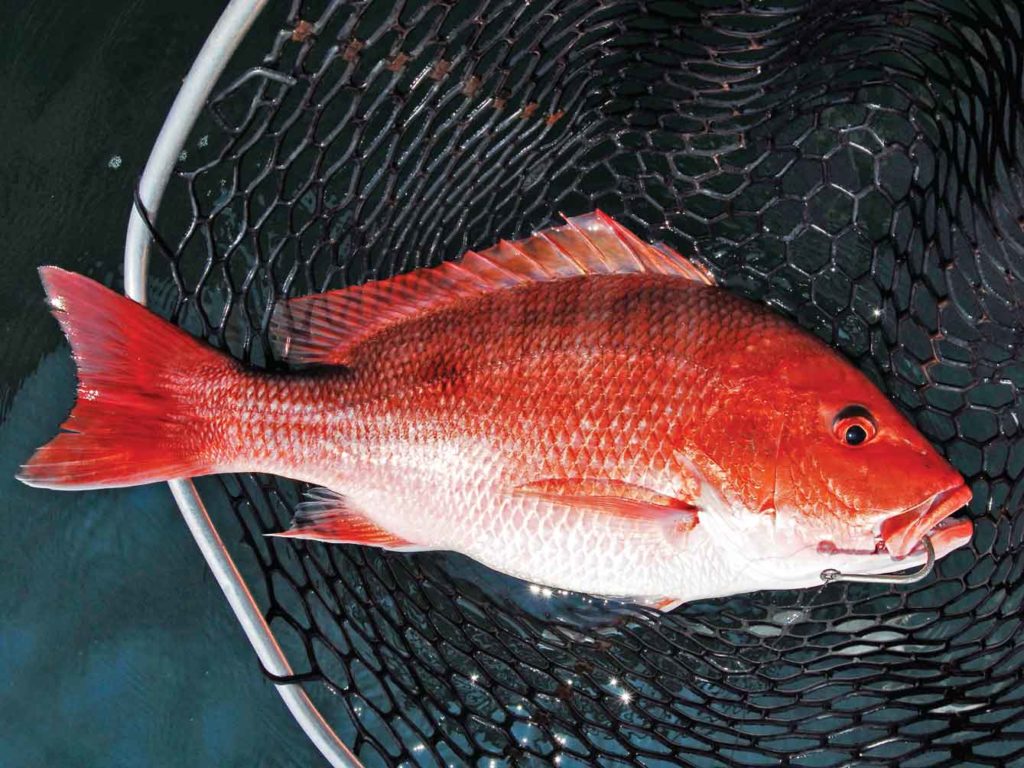
Red snapper can live 30 years or more. They start to reproduce by age three, and sometimes even sooner. They spawn spring through fall with the females producing batches of tens to hundreds of thousands of eggs every few days. The larvae drift in the plankton for about three weeks, then settle to the bottom as half-inch miniatures of the adults.
At that point, they’re extremely vulnerable in their open-water habitat. Soon they seek shelter, favoring shell bottom or any sort of slight relief.
After a year, when they measure about 6 inches, they begin to recruit to larger reefs. They might stay at the same reef for many years, without making seasonal inshore-to-offshore migrations. They enter the fishery at harvestable size at about age three.
About the Author: Dr. Bob Shipp
